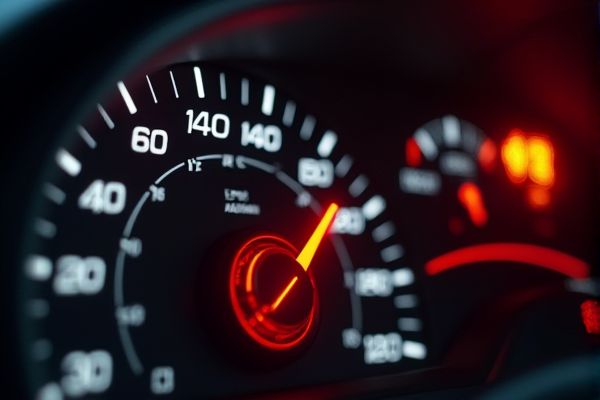
The Peugeot 308's check engine light indicates that the vehicle's onboard diagnostic system has detected a potential issue affecting engine performance, emission control, or fuel efficiency. Data-driven diagnostics and timely professional inspections are crucial, as they can precisely identify error codes related to sensor malfunctions, misfires, or catalytic converter problems, thereby preventing larger mechanical failures.
Peugeot 308 check engine light on meaning
Faulty Spark Plugs
Can cause misfires and rough engine operation.
Faulty Ignition Coils
Often leads to engine misfires and check engine light illumination.
Mass Airflow Sensor Issues
Can result in poor engine performance and incorrect air/fuel mixture.
Oxygen Sensor Problems
May cause irregular engine running and misfires.
Loose Gas Cap
Can trigger the check engine light due to emission control issues.
Catalytic Converter Faults
Often indicated by a constant check engine light and can lead to serious engine damage if not addressed.
Turbocharger Malfunctions
Common in Peugeot 308 models, leading to loss of power and smoke emission.
DPF Issues
Diesel particulate filter problems can cause the check engine light to appear.
Camshaft Position Sensor Faults
Can cause misleading misfire codes and require professional diagnosis.
For car users
When the check engine light comes on in your Peugeot 308, first check if the gas cap is securely tightened and note any unusual engine sounds or performance issues. If the light remains on or you notice symptoms like reduced power or strange noises, have the vehicle diagnosed by a qualified mechanic or dealership immediately to prevent further damage.
Ignoring the check engine light
Ignoring the check engine light on a Peugeot 308 can cause minor issues--such as sensor errors, catalytic converter problems, or engine misfires--to worsen into severe engine damage, leading to efficiency losses and skyrocketing repair bills (potentially exceeding EUR2,000). Data indicates that neglecting this warning may also increase fuel consumption by 5-10% and compromise overall vehicle safety and longevity, making timely diagnostics and repairs critical.
How to reset?
To reset the check engine light on a Peugeot 308, connect an OBD-II scanner to the vehicle's diagnostic port, read and document any stored trouble codes for future reference, then clear the codes to reset the light--ensuring that actual mechanical or sensor issues are addressed. Alternatively, disconnecting the battery for approximately 15 minutes may reset the system, but this method risks losing essential settings and does not resolve the underlying problems that triggered the warning.
A Peugeot 308 check engine light can trigger diagnostic fees typically between $50 and $150, with subsequent repairs ranging from around $200 for minor fixes (like a loose gas cap or sensor replacement) to over $2,000 for major engine or catalytic converter issues. Data shows that common sensor-related repairs generally run between $300 and $500, emphasizing the importance of prompt, professional diagnostics to prevent escalating repair costs.
Future prevention
Regularly using high-quality fuel and adhering to Peugeot's recommended maintenance schedule--such as timely oil changes, air filter replacements, and sensor diagnostics--can significantly reduce the risk of triggering the check engine light on your Peugeot 308. Prioritizing scheduled inspections of key components like oxygen sensors, spark plugs, and the fuel injection system helps ensure early detection of issues, keeping your engine operating at peak performance.
